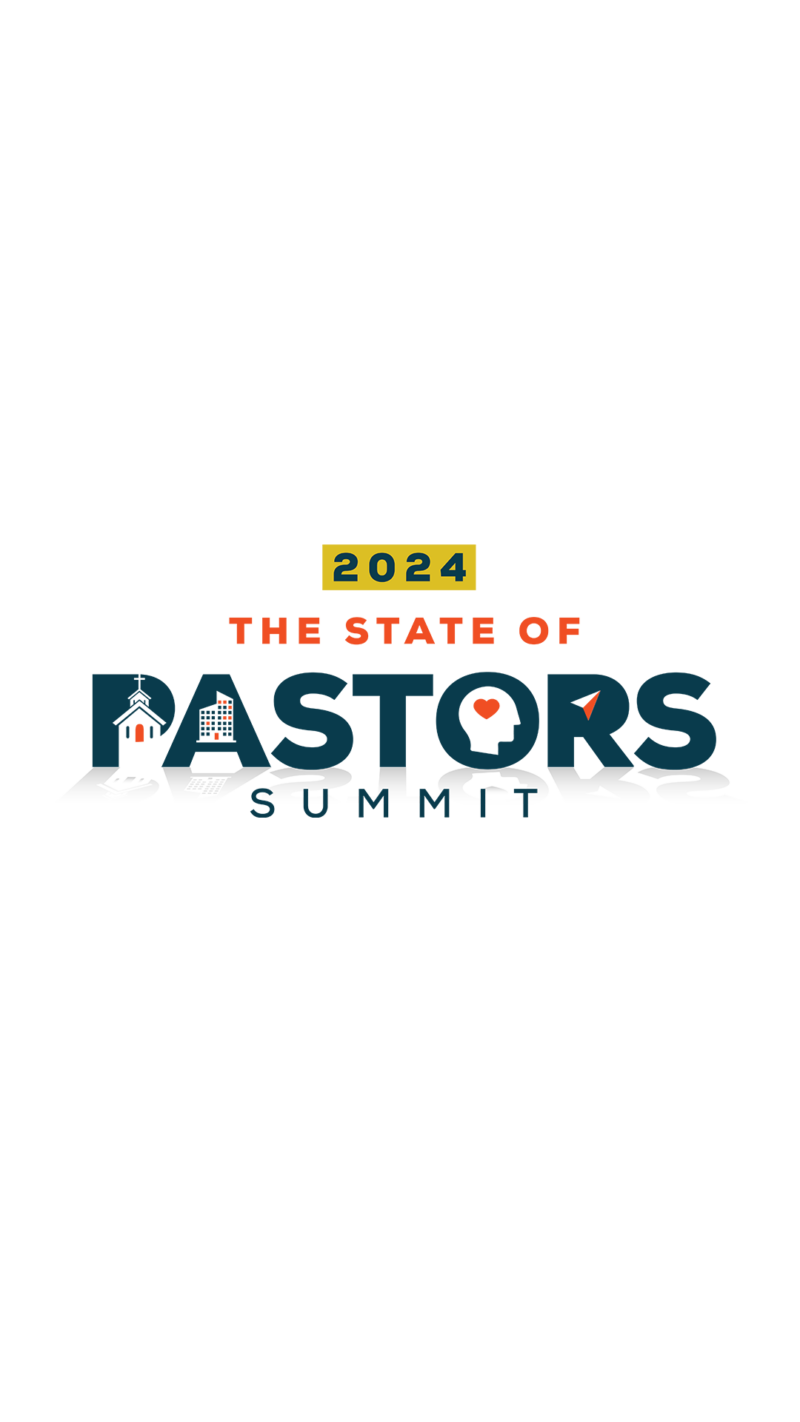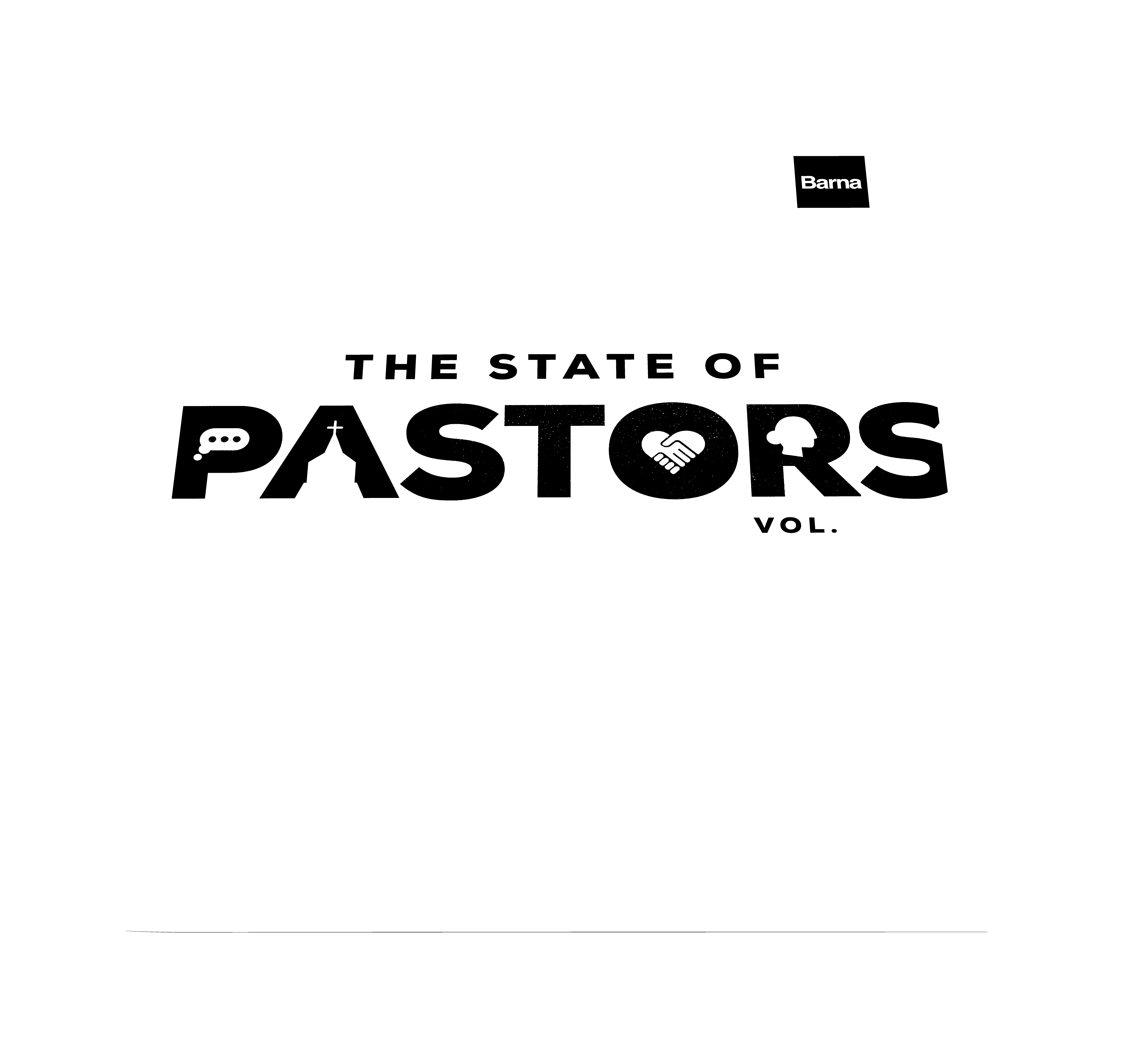Regional Shifts in Religious Beliefs and Behavior Since 1991 Revealed in New Barna Report
One nation under God? Perhaps, but new statistics released by the Barna Group, as part of its State of the Church –2011 report, suggest that there is great variety of religious belief and behavior found across the country. The latest in a series of six reports that track changes in America’s religious nature since 1991 reveals that some of the old religious stereotypes no longer hold water. Deeper insight into those variations is accessible through a commentary by lead researcher George Barna at his blog site, georgebarna.com.
Your Leadership Toolkit
Strengthen your message, train your team and grow your church with cultural insights and practical resources, all in one place.
- Read Part 1: General Trends
- Read Part 2: Generational Trends
- Read Part 3: Gender Differences
- Read Part 4: Racial/Ethnic Differences
- Read Part 5: Regional Faith
- Read Part 6: By Faith “Tribes”
Changes in the Northeast
Oddly, there has been limited change in Northeast in the past 20 years. The only three significant transitions have been the following:
- Church volunteerism in the Northeast has dropped by 11 percentage points, from 23% in 1991 to 12% in 2011.
- The proportion of unchurched adults in the Northeast climbed from 26% in 1991 to 41% in 2011.
- Ironically, the likelihood of someone from the Northeast claiming to be a Christian rose by ten points during the 1991-2011 era, from 72% to 82%.
Changes in the South
Similar to the Northeast, there was not a lot of religious change in the South over the last 20 years. There were statistically significant changes identified in regard to just four of the 14 items tracked.
- Adult Sunday school attendance dropped in the South by 10 percentage points, to 21%.
- Attending a church of 600 people or more became somewhat more common in the southern states between 1991 and 2011, rising from 10% to 17%.
- Qualifying as an unchurched person – i.e., someone who has not attended a church service during the past six months, other than a special service such as a wedding or funeral – increased from 20% to 31%.
- The only belief that sustained significant change was the 10 percentage point decline in adults who strongly agreed that the Bible is totally accurate in all of the principles it teaches. That dropped the figure to half of southerners (50%) who hold this point of view.
Changes in the Midwest
The region with the greatest degree of religious change since 1991 was definitely the Midwest. Of the 14 religious variables tracked, 10 experienced significant change. Among the six religious behaviors, five saw a serious shift take place.
- The biggest behavioral change has been the large reduction in church attendance in the Midwest. Pegged at 55% in 1991, average weekly attendance at a church service now stands at 40% in the central states.
- Given the drop in weekly attendance, it is not surprising to find growth in the number of unchurched adults in the Midwest. However, the magnitude is substantial: a 50% jump, from 24% in 1991 to 36% in 2011.
- Adult Sunday school attendance has declined in the Midwest since 1991 by seven percentage points, from 20% to just 13%.
- Church volunteerism declined by nine percentage points in the Midwest over the past two decades, dipping from 30% to 21%.
- Bible reading undertaken other than when attending a church event declined by seven percentage points since 1991. The current average in a given week is for 42% of Midwestern adults to read the scriptures.
Of the eight religious beliefs studied, five experienced significant changes.
- Midwestern adults are less likely to describe themselves as Christian these days than was the case in 1991. The proportion slumped from 88% to 81%.
- The percentage of Midwestern adults who contend that Satan is not a living entity but is just a symbol of evil declined by seven points, from 64% to 57%.
- Those who strongly believe that the Bible is accurate in all of the principles it teaches dropped from 45% to 38%.
- People’s views of God changed substantially since 1991, with a 13 percentage point drop in the number of Midwestern adults who believe that “God is the all-knowing, all-powerful and perfect Creator of the universe who still rules the world today.” That view was held by two-thirds of adults in the central states (65%) in 2011.
- Despite the other indicators of deterioration in people’s connection with Christianity, the only region that experienced a significant increase in the proportion of born again adults since 1991 was the Midwest. There was a 10-point increase, rising to 42% in 2011.
Changes in the West
Of the 14 religious measures followed by the Barna Group for this report, half of those showed statistically significant changes in the West since 1991. Among the six behavioral measures tracked, three saw meaningful shifts.
- Church attendance among western adults dropped by 11 points, from 47% to 36% in 2011.
- The proportion of unchurched adults rose from 29% to 46% in the West during the last 20 years.
- Bible reading during an average week declined by nine points in the West, sliding to 34% in 2011.
The research concerning the state of the eight belief measures among people living in the West reflected significant change had taken place among half of those variables.
- Adults in the West are now eight percentage points less likely to say their religious faith is very important in their life than was the case in 1991, when 57% made such a claim.
- Since 1991, belief in an orthodox view of God has plummeted by 13 percentage points in the West, down to 58%.
- The Bible is viewed less kindly in the West these days, as the research points to a 13 percentage point drop in those who firmly believe that the Bible is totally accurate in all the principles it teaches. Whereas four out of ten adults (39%) in the western states held that view in 1991, just one out of every four (26%) does today.
- Fewer adults in the West now agree that Satan is just a symbol, not a living entity. There has been an eight percentage point drop in such a perspective, moving from 63% in 1991 to 55% today.
The final report in the six-part series of trend summaries regarding religious change since 1991 will be released on Thursday, August 4. At that time George Barna will again post a commentary on those findings on his blog site.
These six Updates about the faith changes in America have been released on the heels of the publication of George Barna’s latest book, Futurecast. Published by Tyndale Publishers, the heavily researched book examines national trends in a wide array of areas including family, lifestyles, entertainment, technology, values, attitudes, demographics, and media consumption, in addition to religious beliefs and behaviors.
Additional Reading and Resources
- To read additional commentary about these trends, and to leave your own thoughts, go to georgebarna.com
About the Research
The data from which the trends are drawn is based on the annual OmniPoll™ survey conducted by the Barna Group each January of 1,000 or more adults. The 1991 survey included 1,005 adults randomly selected from across the United States. The comparable 2011 survey included 1,621 randomly chosen adults. Although the Barna Group has been conducting such research since 1984, it was not until 1991 that many of the core tracking questions used by the company were developed and then followed annually.
Your Leadership Toolkit
Strengthen your message, train your team and grow your church with cultural insights and practical resources, all in one place.
About Barna
Since 1984, Barna Group has conducted more than two million interviews over the course of thousands of studies and has become a go-to source for insights about faith, culture, leadership, vocation and generations. Barna is a private, non-partisan, for-profit organization.
Get Barna in Your Inbox
Subscribe to Barna’s free newsletters for the latest data and insights to navigate today’s most complex issues.




